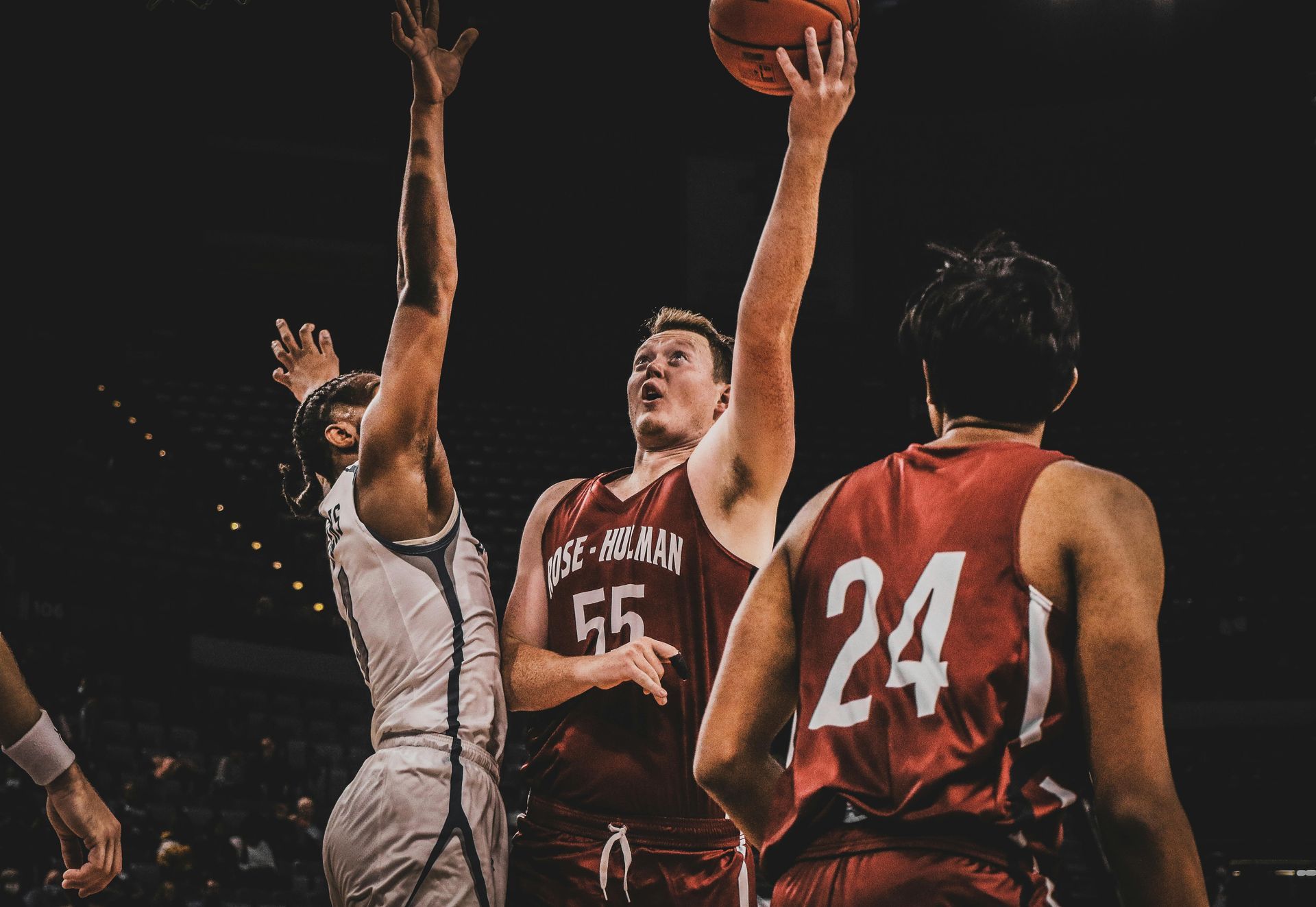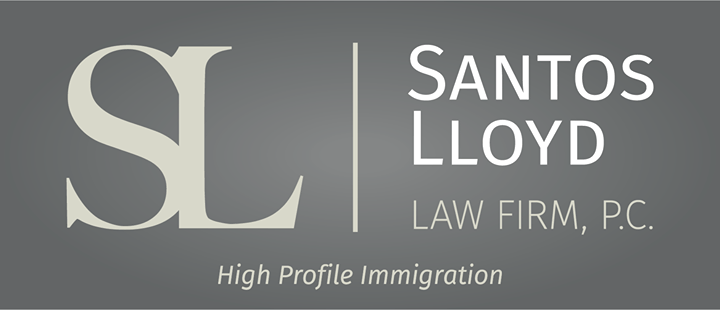Fui abusado por um cidadão dos EUA ou titular do Green Card - o que posso fazer?
Santos Lloyd Law Team • June 22, 2023
Click here to read this article in English
A Lei de Violência contra a Mulher (VAWA, na sigla em inglês)
protege imigrantes que foram abusados por seus parentes cidadãos dos EUA ou residentes permanentes legais (também conhecidos como titulares do Green Card). O VAWA permite que você faça uma petição independente sem o conhecimento, consentimento ou participação do seu agressor no processo. Isso permite que sobreviventes busquem segurança e independência dos seus agressores.
- Quem tem direito de solicitar a VAWA?
Existem várias pessoas que se qualificam para uma Auto-Petição da VAWA:
- Cônjuge de um cidadão americano ou titular do Green Card abusivo. Você também pode fazer a petição como cônjuge abusado se o seu filho tiver sido abusado pelo seu cônjuge cidadão americano ou titular do Green Card.
- Pai/mãe de um cidadão americano abusivo.
- Filho(a) (ou seja, alguém menor de 21 anos e solteiro(a)) de um cidadão americano abusivo ou titular do Green Card.
- Meu agressor saberá que estou solicitando a VAWA?
NÃO - seu agressor não precisa saber que você está solicitando a VAWA. Ele(a) não precisará assinar nada e não será notificado sobre a sua petição.
- Posso incluir outras pessoas na minha petição?
Depende. Se você estiver aplicando como cônjuge ou filho(a) abusado(a) de um cidadão americano ou titular do Green Card, poderá incluir seus filhos na petição. No entanto, seus filhos devem ter menos de 21 anos e ser solteiros para serem incluídos na sua petição VAWA. Se você estiver fazendo a petição como pai/mãe abusado(a) pelo seu filho ou filha cidadão americano, NÃO poderá incluir nenhum dependente na sua petição.
- Terei direito a benefícios públicos com o VAWA?
Após receber a determinação prima facie para a sua Auto-Petição da VAWA, você poderá se qualificar para determinados benefícios públicos. No estado da Califórnia, Auto-Peticionários do VAWA podem se qualificar para MediCal completo, Assistência Financeira (CalWORKs, GR, CAPI), Programa Estadual de Assistência Alimentar (CalFresh) e Ajuda Financeira Federal.
- Posso trabalhar com o VAWA?
Sim - uma petição da VAWA aprovada lhe dará autorização de trabalho. Se você incluiu dependentes na sua solicitação, eles também serão elegíveis para permissão de trabalho assim que a petição for aprovada.
- Ter uma petição VAWA aprovada significa que posso solicitar um Green Card?
Você também pode se qualificar para um Green Card assim que a sua petição da VAWA for aprovada - isso depende se há um visto imediatamente disponível para você e/ou seus dependentes. Em alguns casos, você pode conseguir fazer a petição VAWA e a petição de Green Card ao mesmo tempo. No entanto, é melhor conversar com um advogado de imigração experiente antes de solicitar.
Este blog não se destina a fornecer aconselhamento jurídico e nada aqui deve ser interpretado como estabelecimento de um relacionamento advogado-cliente. Por favor, agende uma consulta com um advogado de imigração antes de agir com base em qualquer informação lida aqui.

Once you have connected with a college program, have been admitted to the school, and deemed eligible to compete athletically, you will need to secure an F-1 student visa in order to actually attend your new college and begin your time as a student athlete. The first step in the visa process is to receive your Form I-2

For many talented athletes around the world, U.S. college athletics represent a remarkable opportunity to combine elite athletic competition with higher education. In sports such as basketball, soccer, track and field, and tennis, among others, hundreds of colleges and universities across the United States offer struct

Under the new regulation, if a person filed or files Form I-589, Application for Asylum and for Withholding of Removal after October 1, 2024, and the application remains pending with USCIS for 365 days, the applicant must pay an Annual Asylum Fee (AAF) on the one-year anniversary of his or her filing date.



